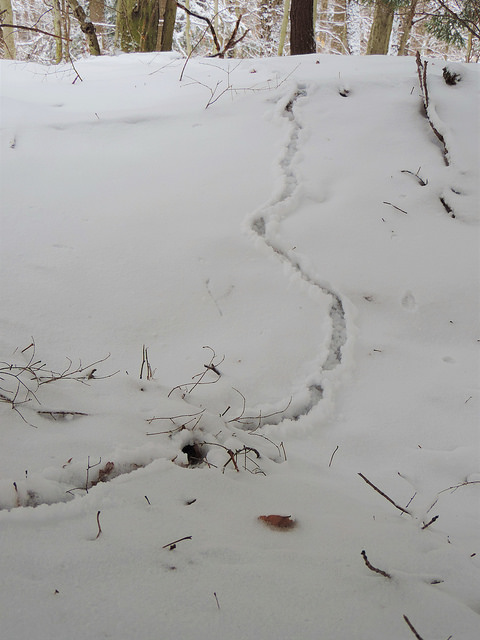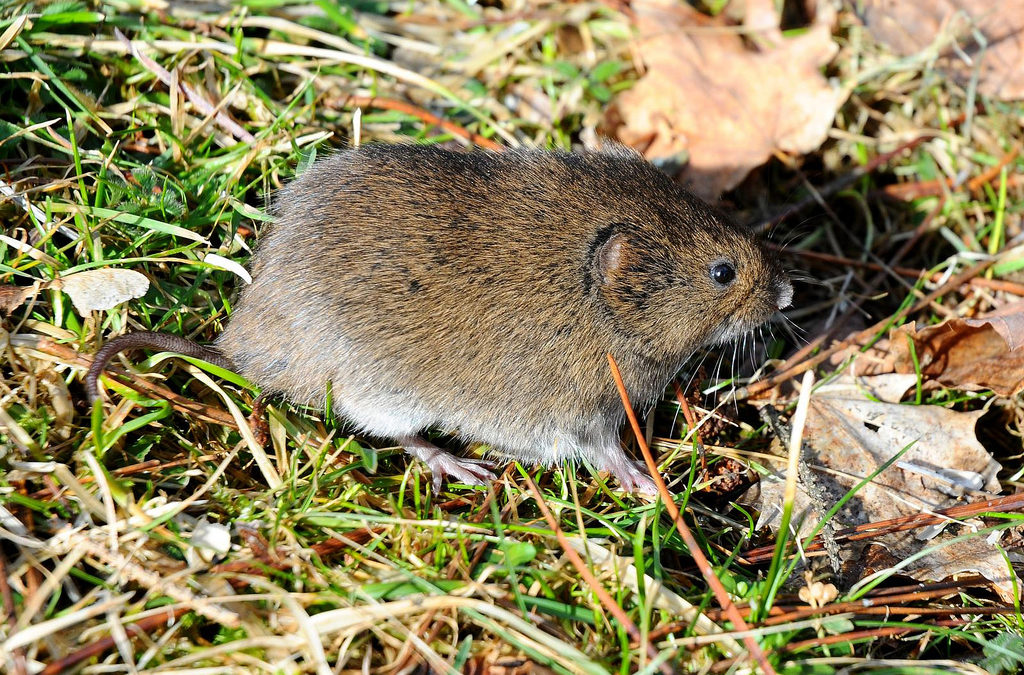I scowled as I watched the snowflakes fall outside the window. Yet fifteen minutes later, driving through the fat puffs of white, like Han Solo on the Millennium Falcon in hyperdrive, I comment on the beauty of the snow coated branches. Finally, I worry about the trees that still hold their leaves, such a heavy snow takes its toll on the branches of such clingers. How is it that one substance, snow, can elicit such a range of emotion?
I grew up in this climate. I have dealt with snow, a cold season, ice, and chilly houses for the entirety of my life. Fondly I recall making snow burrows into the piles along the driveway, sled riding at the local hill, and making snow angels. However, I’m older. And perhaps less tolerant of cold, or more appreciative of heat and sunlight. Either way, a few of my mother’s words come back around to me, “I like nature… through glass.” Most times of year I do not understand that sentiment, I would almost always rather be outside in nature. Except now. Snow through glass? Great.
I don’t hate snow, or even dislike it. Actually, I kind of like it. It is a blanket for the earth, and I love blankets! My issue with snow is the cold. I get cold easily, and when I get cold I get cranky. I want to imagine that the critters outdoors feel the same, but that’s not the case. It is simply that I identify so much more so with the groundhog curled up in her burrow hibernating for the entire winter than I do the rabbit scraping by eating twigs and bark.
The creatures that do spend the winter outdoors have some remarkable adaptations that keep them alive, perhaps even cozy. The small creatures like mice and voles spend the winter mostly below that snow blanket. In between the warm earth and the cold snow there forms a layer, almost like sand, but of ice, through which small animals easily tunnel. These ice crystals form as snow falls, melts at the ground level and vaporizes, and then freezes again. The layer is referred to as the subnivean zone, derived from the Latin for under (sub) and snow (nives).

Tunnel in snow. By Katie Finch.
Snow is an excellent insulator, as I learned as a child digging my snow burrows, having to remove warm layers inside because I got too hot. Snow shelters have been a part of both human and natural history for centuries, and the mammals that stay active beneath the snow take full advantage of it. Voles are prominent and prolific in this world and play a major role in the survival of many other winter species.
First, what is a vole? It certainly depends on your perspective – to me this spring they were evil incarnate as I surveyed the damage to the fruit trees from their voracious nibbling all winter long. Scientifically speaking, they are a mammal, a rodent, the most common one around here being the Meadow Vole, Microtus pennsylvanicus. Imagine a mouse but with bitsy ears, a shorter tale, and a pushed-in nose. Voila, a vole.
Their role in the natural world is essentially that of a snack. Also to drive gardeners and farmers quietly insane, but perhaps that is a side impact, not their main role. For the eastern hawks and owls that spend the winter in the region, voles make up 95% of their diets. Winter means that they are often the salvation of many animals during lean times. Foxes, bobcats, the aforementioned hawks and owls, weasels, and coyotes all rely heavily upon these small mammals, especially in winter.
Rushing around in the safety of their subnivean layer, voles are often unaware of the hunters lurking above, listening for the tell-tale scritching of claws through snow. Once heard, a predator leaps into the air and comes crashing down upon the vole, collapsing the carefully constructed maze of tunnels, effectively trapping the vole. The predator then digs through the snow to find and eat it.
Weasels employ a slightly different strategy, the smallest ones being able to scoot right into the tunnels directly to catch their prey. I don’t envy the voles when they realize a weasel is behind them, though I admit to being on the weasel’s side. A bit gruesome, but since voles can reproduce all winter in their balmy blanket world, they need predation to keep their population in check.
Thus winter, in all its silence, contains a range of activity and emotions. The thrill of hunt and the terror and being hunted, the coziness of a warm, grass nest under the snow, and the stress of having to leave the safety of the tunnels. The satisfaction brought on by a full stomach, and the desperation of an empty one. No wonder I experience such a range of emotion upon the first snowfall. It comes with the season.
As the snow continues to fall, I watch. I will marvel at the beauty the season brings, and the traits that allow those without a woodstove survive it. Through glass. Under my blanket.
Audubon Community Nature Center builds and nurtures connections between people and nature. ACNC is located just east of Route 62 between Warren and Jamestown. The trails are open from dawn to dusk as is Liberty, the Bald Eagle. The Nature Center is open from 10 a.m. until 4:30 p.m. daily except Sunday when it opens at 1 p.m. More information can be found online at auduboncnc.org or by calling (716) 569-2345.
Sarah Hatfield is a naturalist at ACNC.


Recent Comments